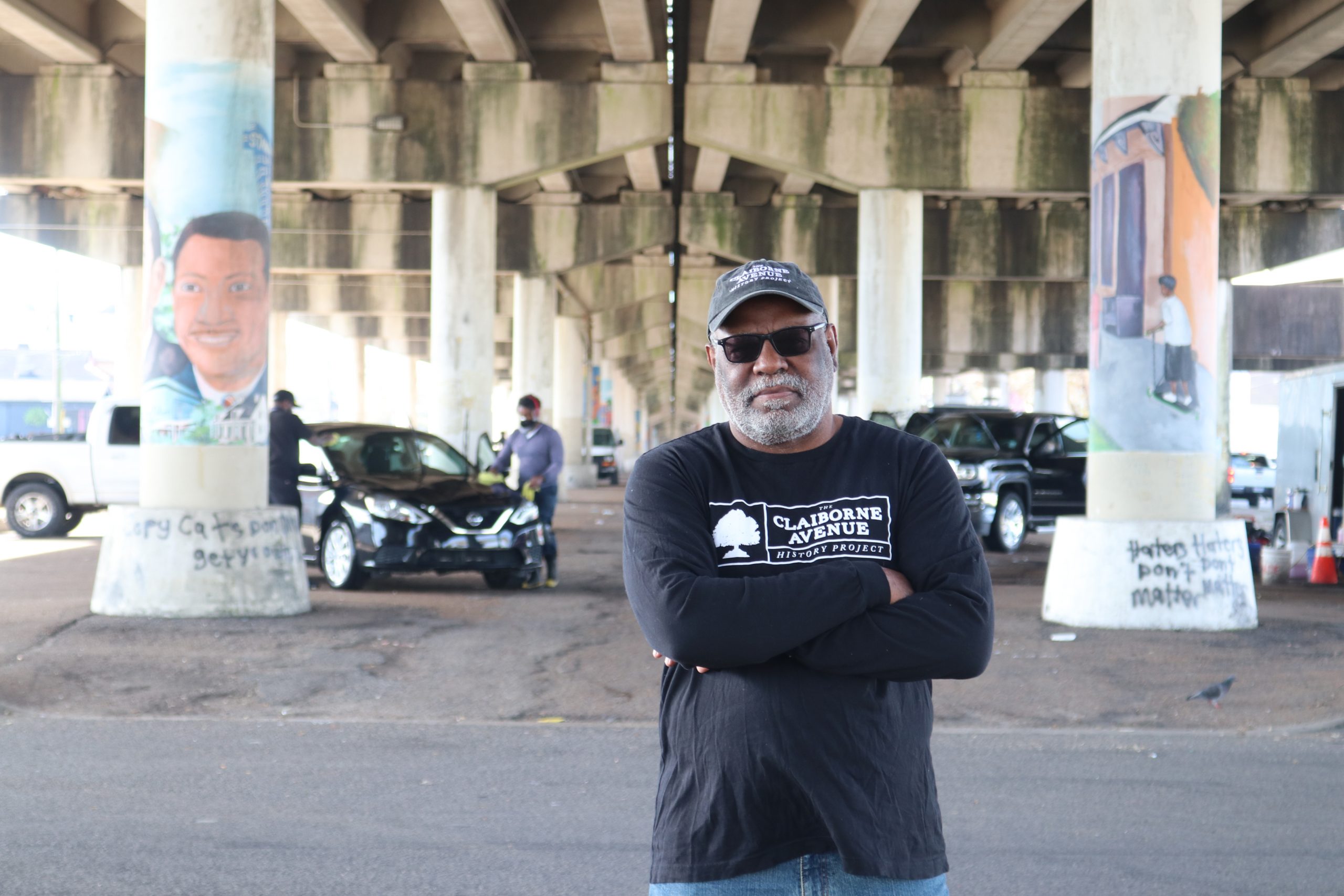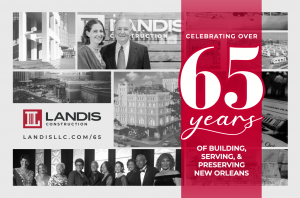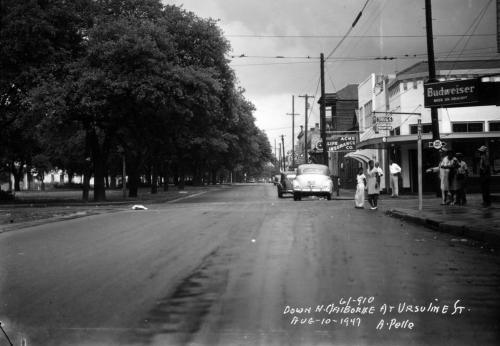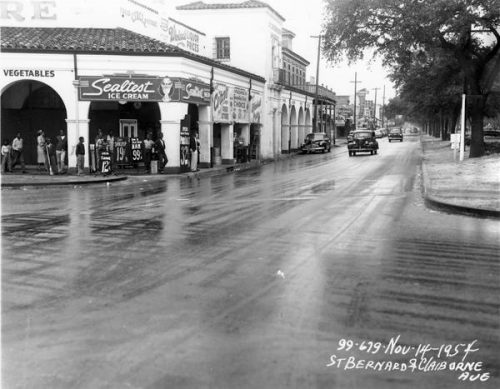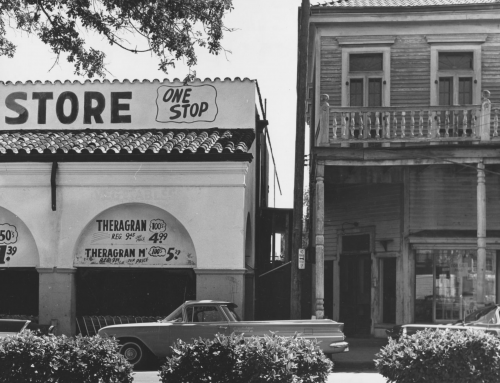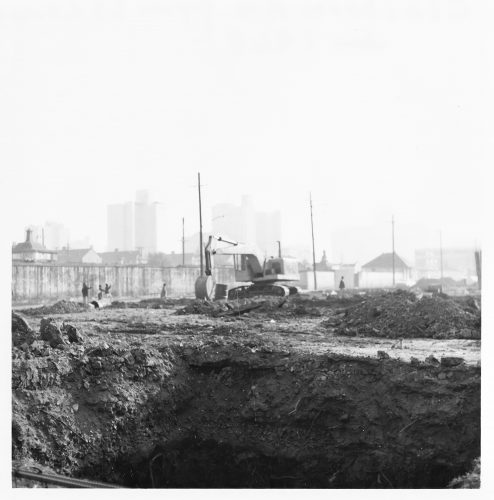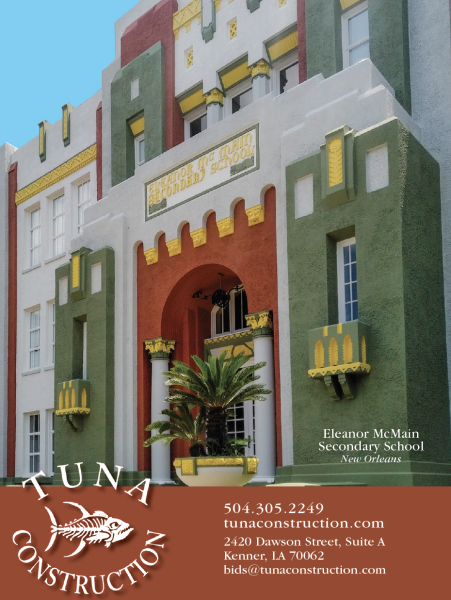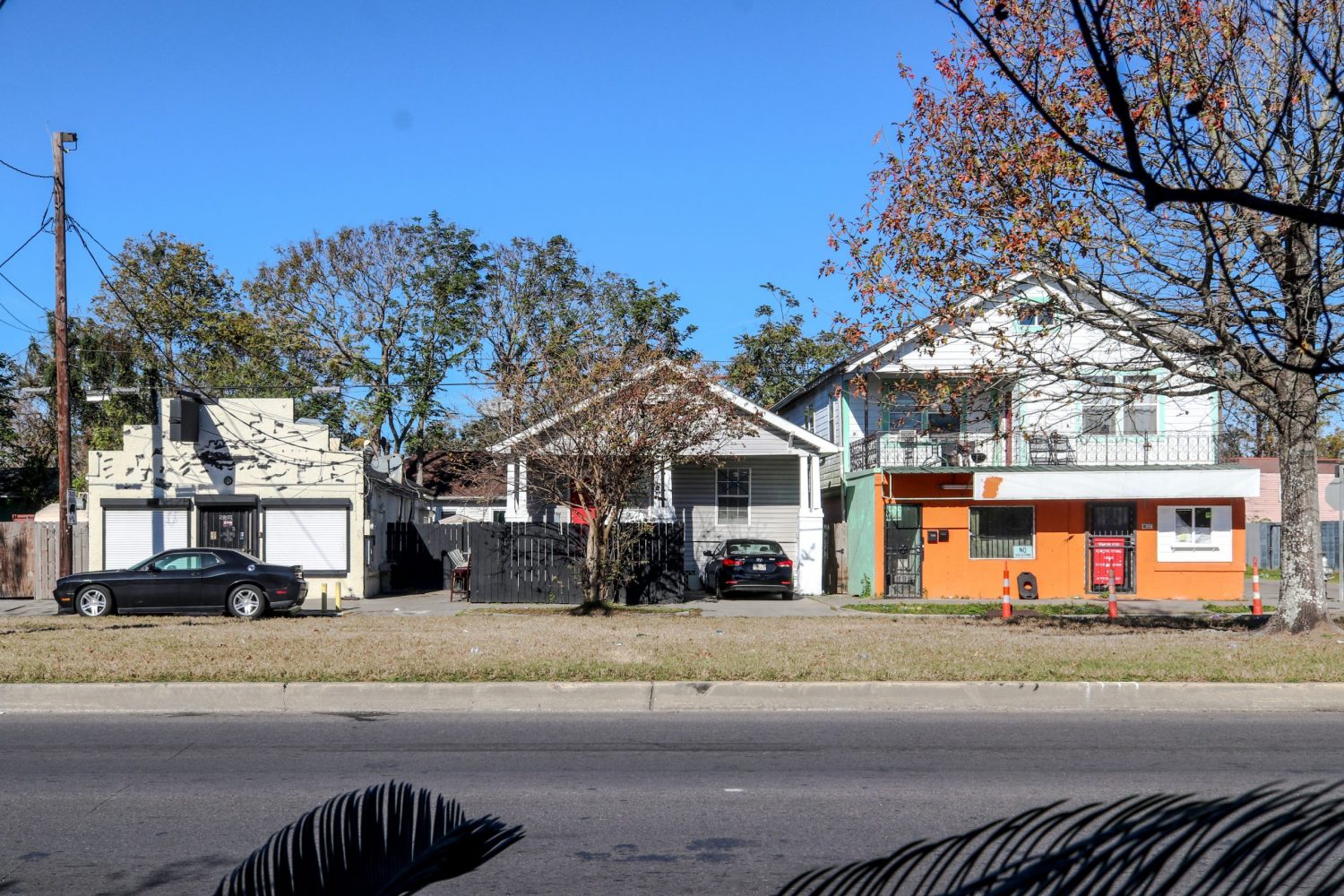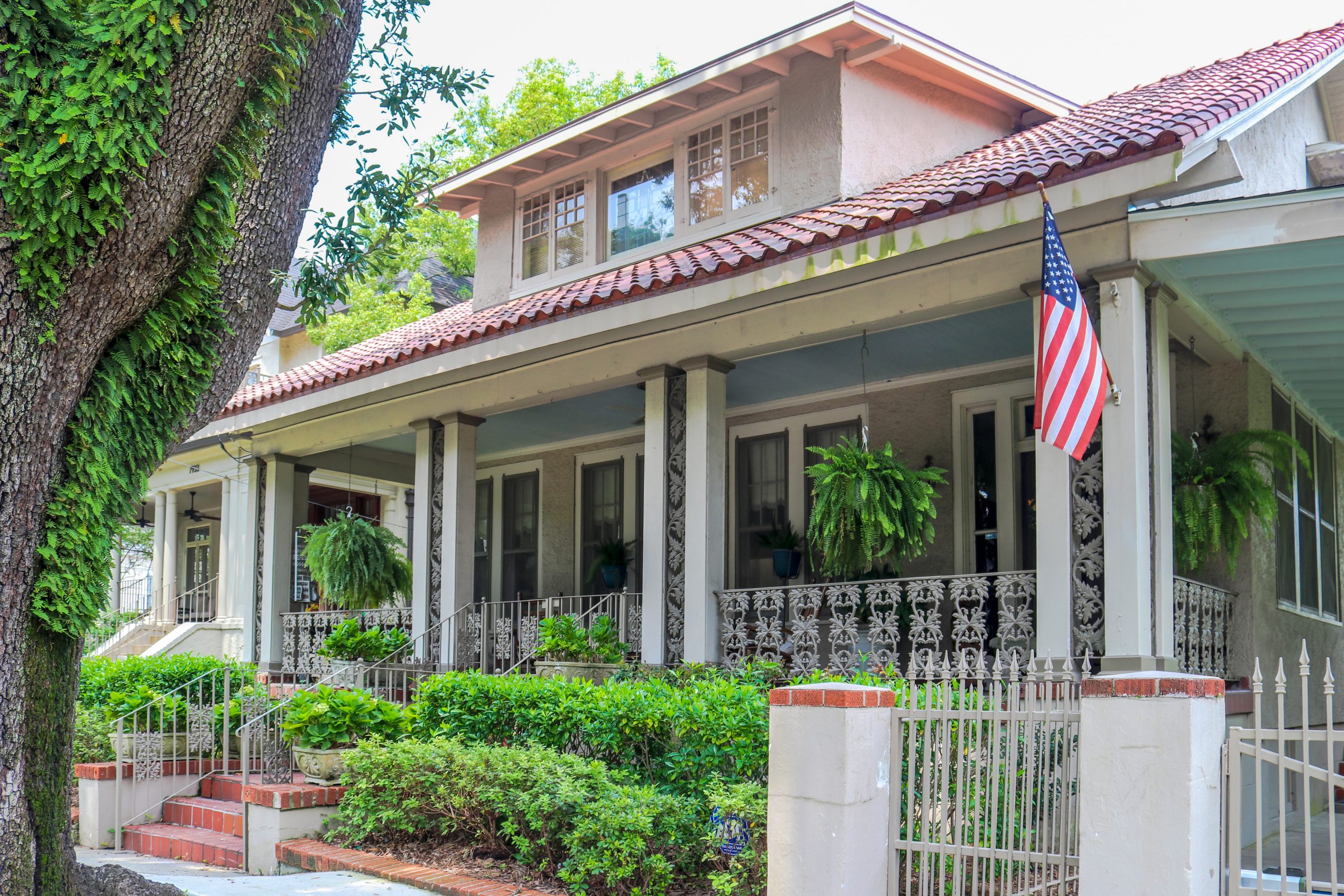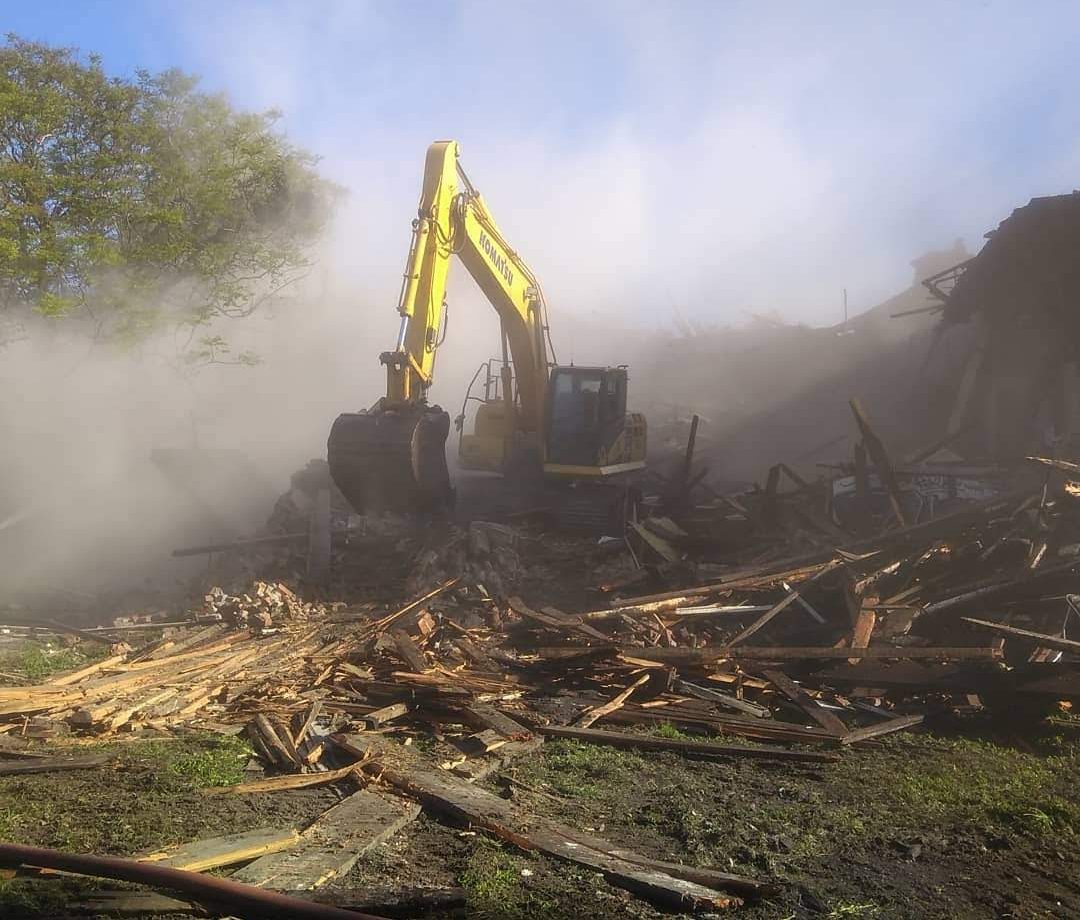This story appeared in the February issue of PRC’s Preservation in Print magazine. Interested in getting more preservation stories like this delivered to your door nine times a year? Become a member of the PRC for a subscription!
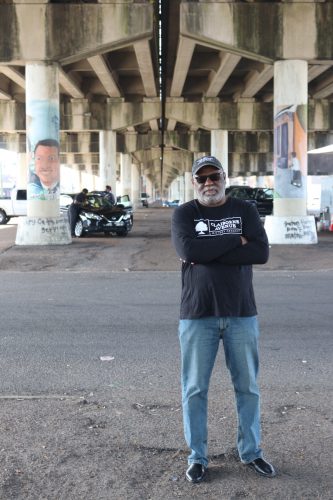 I’m a Preservationist
I’m a Preservationist
Raynard Sanders
Executive Director, The Claiborne Avenue History Project
Tell us about the Claiborne Avenue History Project. How did it get started and what are its goals? Will the public be able to access the oral histories, video interviews and historic photographs that the project has collected?
The Claiborne Avenue History Project (CAHP) is a multi-platform documentary project that collects and curates history about North Claiborne Avenue, focusing on civil rights, culture and commerce from its beginnings in the late 18th century to the avenue’s heyday in the early 20th century, through its demise with the 1966-69 construction of the Interstate 10 highway, and into North Claiborne today. This project places North Claiborne Avenue within its historical context as a commercial and cultural center for Treme, the oldest African American community in the country. CAHP tells the history of North Claiborne Avenue through the eyes of the residents, musicians, culture bearers and community leaders. Our work is accomplished through the following activities:
- Ongoing archival research and data collection: identification, duplication, management and clearances of 19th century images and other materials; 20th century photographs; archival film and video footage; and other documentary materials illustrating people and businesses within our study area.
- An extensive property research project for 22 blocks along North Claiborne: this forms the setting and linchpin for our studies, with particular attention to properties linked to prominent businessowners, residents and culture-bearers, especially prior to the construction of the Interstate 10.
- A mapping project to exhibit the avenue’s physical and contextual transformations for the built environment spanning almost two centuries: this process has first involved the identification of historical maps pertinent to our study area and will later include digitization via high-resolution scanning, geo-rectification and then overlay.
- Capturing and storytelling: filming of oral and video histories with residents, community leaders, activists and academics for exhibit over multiple digital platforms and at CAHP events, the filming of CAHP Roundtables with residents and businessowners, plus the ongoing production and post-production of the CAHP work-in-progress feature-length documentary Claiborne Revisited.
- Development of CAHP Multiplatform Digital Public History: components include development and planning for ClaiborneAvenue.org’s transformation into an interactive website and continuation of the @TheCAHP social media presence (Facebook, Twitter, Instagram and Pinterest), as well as communication and exchange with other digital Black history sites and memory banks.
- Exhibition of CAHP’s work at our annual events: The Claiborne Avenue History Project Soirée, the Claiborne Avenue Round Tables; and the development and planning of an exhibition about North Claiborne Avenue music history at the New Orleans Jazz Museum.
Katherine Cecil and I founded The Claiborne Avenue History Project in 2013 with the goal of firmly positioning the earliest roots of New Orleans’ most unique cultural traditions along this important thoroughfare’s oldest sections, while also providing historical contexts of and for its residents over many generations.
Advertisement
What are some of the most surprising or thought-provoking stories that you’ve heard about the vibrant Claiborne Avenue corridor before the interstate was constructed?
From the beginning, we knew of Claiborne Avenue and the Tremé’s cultural significance in the development of jazz, rhythm and blues, Mardi Gras Indians, Baby Dolls and Skeletons (for example, Earl Palmer, the drummer credited with establishing the backbeat of rock ’n’ roll lived at 918 North Claiborne). A surprising example includes our learning of the drumming and dancing of enslaved people of color documented at the corner of what became North Claiborne and then Bayou Road (now Ursuline Avenue) as early as 1739. This is similar to those well-documented activities in Congo Square.
However, the most revealing has been the depth of social justice activities occurring in the Tremé that had national as well as local significance. In 1865, the New Orleans community of color staged a funeral to observe and celebrate “The Death of American Slavery” (La Mort de l’esclavage Américain) starting at Holy Name of Jesus Church located on Claiborne Avenue at Ursulines. This event was organized after word reached New Orleans that Congress had passed the 13th Amendment, ending slavery.
Members of a benevolent society in Tremé named La Société d’Economie et d’Assistance Mutuelle made great efforts to secure the right to vote and met with President Abraham Lincoln shortly after the 13th Amendment was passed, presenting the president with a petition that demanded the right to vote for men of color. It should be noted that Homer Plessy, the Black man whose 1892 arrest challenged Louisiana’s Separate Car Act of 1890, also lived on North Claiborne in Tremé, as did many other members of the Citizens’ Committee, which organized this historic challenge to segregation laws. In 1896, the Plessy case went on to reach the U.S. Supreme Court in the famous civil rights case Plessy v. Ferguson.
After hearing from residents who have engaged with the Claiborne Avenue History Project, do you find that there is a consensus among residents about whether the overpass should be removed or not?
To date, there appears to be no consensus for either; some residents want it torn down, while others don’t want it removed. I think there needs to be additional community discussions around this issue given the mention of highways that ruined communities of color in the recently passed federal Infrastructure Bill.
Advertisements
You are a longtime educator in the city and involved in other civic projects. If you had a magic wand and could do one thing to improve New Orleans, what would it be?
Civic projects are efforts to promote the quality of life in a community, which I believe is every citizen’s responsibility. The one thing that could drastically improve the quality of life in our community would be for New Orleans to finally reach a point where race and class is not a prerequisite for access and opportunity.
What does historic preservation mean to you?
Historic preservation means to embrace, to exhibit, to teach and to re-teach the importance of preserving those places, events and people who have had a profound impact on our lives, society and civilization.
Reach the Claiborne Avenue History Project on their website, Facebook and Twitter.
1: View down North Claiborne at Ursuline Avenue, circa 1941. Photo courtesy of the Charles L. Franck Studio Collection at The Historic New Orleans Collection, 1979.325.5136. 2: View of Saint Bernard and Claiborne avenues, with the Circle Food Store on the left, circa 1941. Photo courtesy of the Charles L. Franck Studio Collection at The Historic New Orleans Collection, 1979.325.5138. 3: North Claiborne near St. Bernard Avenue., circa 1961. Image courtesy of the Hogan Jazz Archive, Special Collections, Howard-Tilton, Memorial Library. Tulane University. 4: Construction of the Claiborne overpass seen from St. Louis St., circa 1968. Photo courtesy of the Charles L. Franck Studio Collection at The Historic New Orleans Collection, 92-48-L.331.1340.
Advertisements



